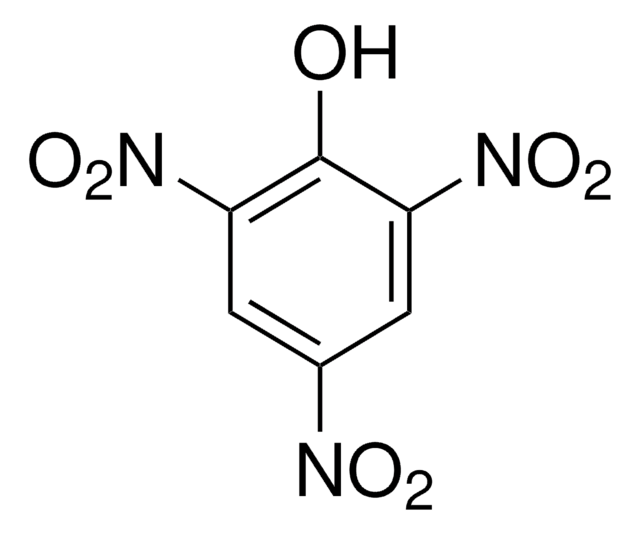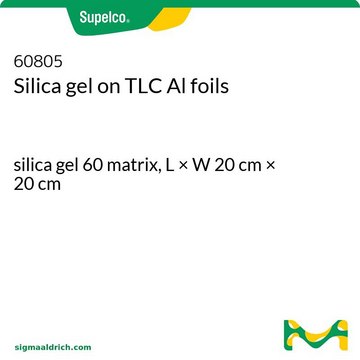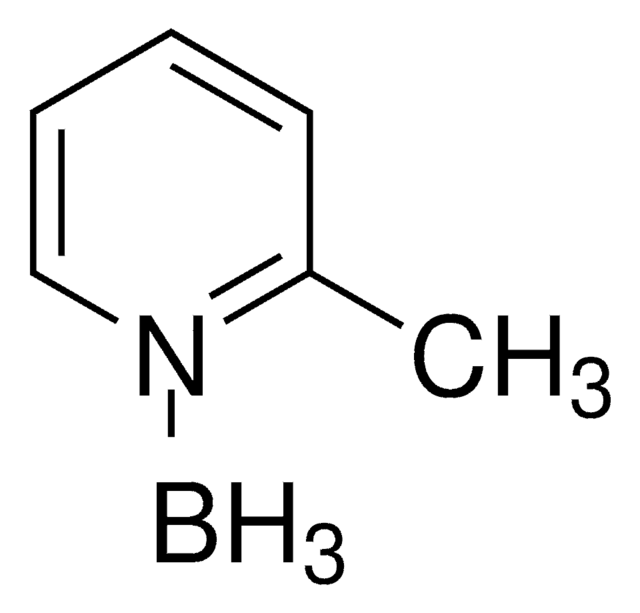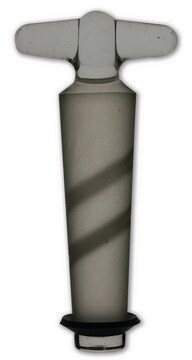HT101128
Bouin′s solution
histological fixative
Synonym(s):
Bouin’s fluid
Sign Into View Organizational & Contract Pricing
All Photos(1)
About This Item
Recommended Products
shelf life
Expiry date on the label
composition
acetic acid, 5%
formaldehyde, 9%
picric acid, 0.9%
color
yellow
application(s)
hematology
histology
storage temp.
room temp
Looking for similar products? Visit Product Comparison Guide
General description
Bouin′s solution is a noncoagulant yellow stain fixative. It imposes shrinkage on tissues when used as preservative due to its picric acid component. It is majorly used in ureteroscopic biopsies. It preserves morphological and nuclear information in tissues upon fixation.
Application
Bouin′s solution has been used:
- in the staining of human liver biopsy tissue samples for two-photon excited fluorescence (TPEF) and second-harmonic generation (SHG) imaging
- in the fixation of rat ovaries for the observing follicle cells using microscopy
- in the fixation of gonads of crab for morphological and histological analysis
Prepared with saturated picric acid, formaldehyde and acetic acid. Excellent fixative for preserving soft and delicate structures. Used as a mordant in various trichrome procedures.
Flash Point(F)
Not applicable
Flash Point(C)
Not applicable
Personal Protective Equipment
dust mask type N95 (US), Eyeshields, Gloves
Choose from one of the most recent versions:
Already Own This Product?
Find documentation for the products that you have recently purchased in the Document Library.
Nonlinear optical microscopy: use of second harmonic generation and two-photon microscopy for automated quantitative liver fibrosis studies
Sun W, et al.
Journal of Biomedical Optics, 13(6), 064010-064010 (2008)
Improving the interpretation of ureteroscopic biopsies: use of Bouin's fixative
Bultitude MF, et al.
BJU International, 108(9), 1373-1375 (2011)
DNA and RNA obtained from Bouin?s fixed tissues
Bonin S, et al.
Journal of Clinical Pathology, 58(3), 313-316 (2005)
Testis Maturation Stages of Mud Crab (Scylla olivacea) Broodstock on Different Diets
Ikhwanuddin M, et al.
Sains Malaysiana, 47(3), 427-432 (2018)
Angelica B Bernal et al.
PloS one, 5(12), e15558-e15558 (2010-12-24)
We have shown recently that maternal undernutrition (UN) advanced female pubertal onset in a manner that is dependent upon the timing of UN. The long-term consequence of this accelerated puberty on ovarian function is unknown. Recent findings suggest that oxidative
Our team of scientists has experience in all areas of research including Life Science, Material Science, Chemical Synthesis, Chromatography, Analytical and many others.
Contact Technical Service







